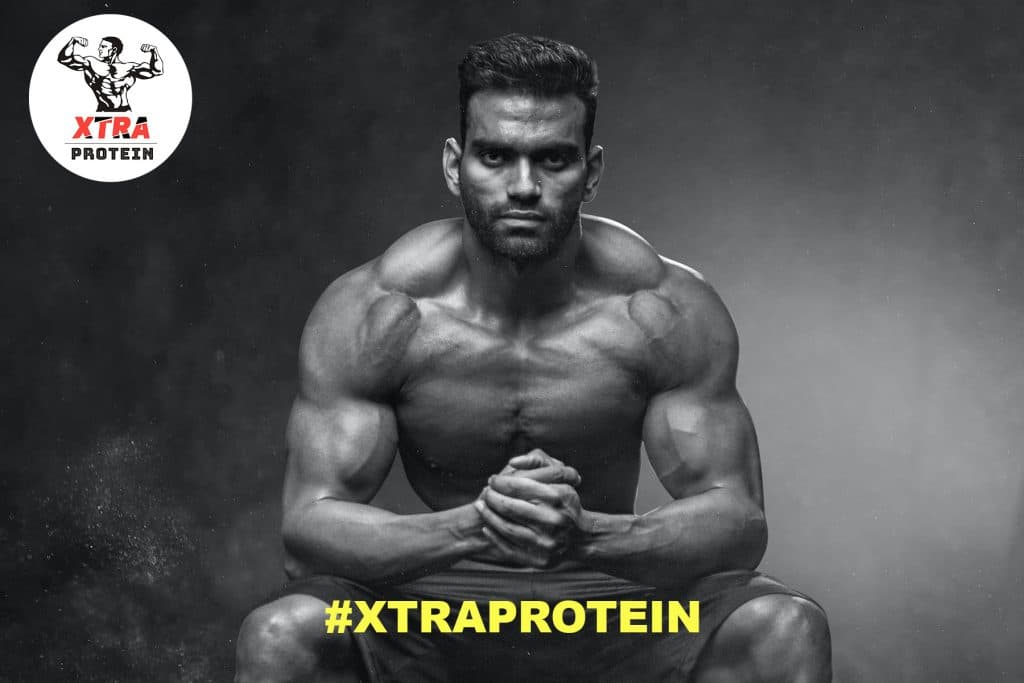
Some BodyBuilding Q&A We Get Asked
How can I get bigger arms?
Getting bigger arms requires a combination of regular strength training exercises, proper nutrition, and adequate rest and recovery. Here are some tips to help you get bigger arms:
- Focus on compound exercises: Compound exercises like bench presses, pull-ups, and rows engage multiple muscle groups, including your arms, which can help you build overall strength and size.
- Include isolation exercises: Isolation exercises like bicep curls and tricep extensions can help you target specific muscle groups in your arms.
- Increase weight and reps gradually: You need to challenge your muscles to build muscle. Gradually increasing the weight and representatives of your exercises can help you progressively overload your muscles, leading to growth.
- Eat a balanced diet: Your body needs protein to build muscle, so make sure you eat enough protein-rich foods like meat, fish, eggs, and legumes. Also, ensure you consume enough carbohydrates and healthy fats to fuel your workouts and support muscle growth.
- Get enough rest and recovery: Rest and recovery are as important as exercise when building muscle. Ensure you get enough sleep and allow your muscles time to rest and recover between workouts.
How do I make my traps bigger?
To make your traps bigger, you must perform exercises targeting these muscles while following a well-rounded workout program that includes activities for other muscle groups. Here are some tips to help you build bigger traps:
- Do trap-specific exercises: Some best practices for building bigger traps include barbell shrugs, dumbbell shrugs, and trap bar deadlifts. These exercises target the upper trapezius muscle and can help you make size and definition.
- Use heavy weights: You must challenge your muscles to build muscle. Use weights to perform 8-12 reps with proper form to stimulate muscle growth.
- Perform variations of the exercises: Changing up the grip or angle of your activities can help target different trap areas and stimulate muscle growth. For example, using a wider grip for barbell shrugs can help target the outer traps.
- Include other exercises in your workout: Your traps are not the only muscles you need to train for a well-rounded physique. Incorporate activities that target different muscle groups, such as the shoulders, back, and chest.
- Eat a balanced diet: Eating a balanced diet with enough protein, carbohydrates, and healthy fats can help support muscle growth and recovery.
- Get enough rest and recovery: Allow your muscles enough rest and recovery time between workouts to help facilitate muscle growth.
Remember, building muscle takes time and consistent effort. Stay consistent with your workouts and nutrition, and you should start to see results over time.
I find it very hard to get my calves to grow. Can you help?
Building bigger calves can be a challenging task for some people, but there are several things you can do to help maximise your calf growth. Here are some tips to help you build bigger calves:
- Focus on exercises explicitly targeting the calves: The best practices for building bigger calves include calf raises, jump rope, and stair stepping. These exercises directly target the muscles in the calves and can help stimulate muscle growth.
- Use progressive overload: To build muscle, you must challenge your muscles. Gradually increase the weight or resistance of your calf exercises over time to continually challenge your calves and stimulate growth.
- Incorporate variety into your calf training: Varying the exercises, rep ranges, and training intensity can help prevent plateaus and encourage muscle growth. For example, using different foot positions (toes in, toes out, neutral) while performing calf raises can target other calf muscle areas.
- Increase training frequency: Because the calves are a smaller muscle group, they may require more frequent training to stimulate growth. Consider adding calf exercises to your routine 2-3 times per week.
- Please pay attention to your form: Proper form is essential for any exercise but necessary when training the calves. Ensure you use a full range of motion and contract the calves during each rep.
- Consider nutrition and recovery: Eating a balanced diet that supports muscle growth and allows for adequate rest and recovery between workouts can also help maximise your calf growth.
We will answer more of your questions in our next Q&A blog. Stay tuned 🙂
